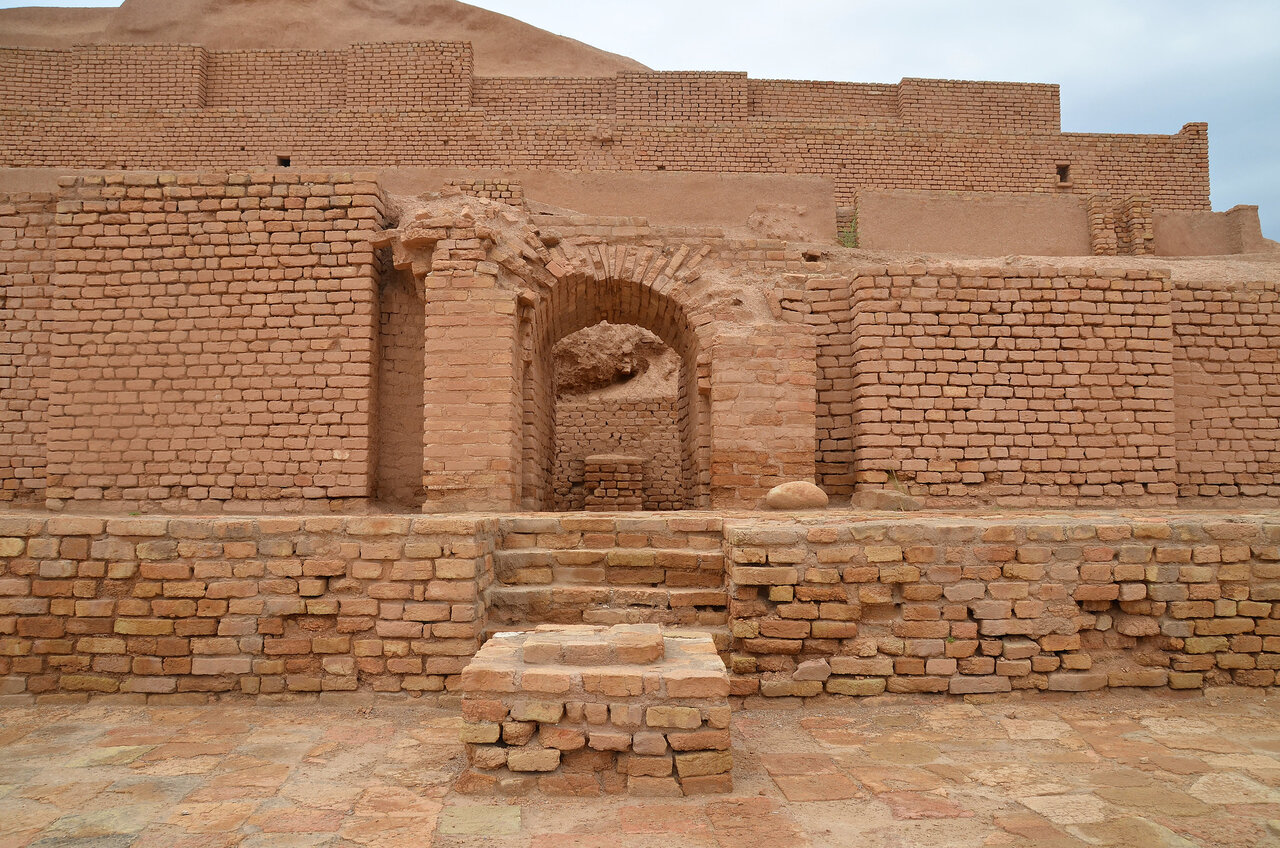Temple within UNESCO-listed Tchogha Zanbil restored

TEHRAN – The first phase of a specialized conservation and restoration project on the Inshushinak Temple, located on the first floor of the Tchogha Zanbil Ziggurat in Khuzestan province, has been successfully completed, a cultural heritage official announced on Monday.
Atefeh Rashnoei, Director of the Tchogha Zanbil and Haft Tappeh World Heritage Base, said the project was carried out in line with international standards for the preservation of earthen heritage structures, focusing on authenticity, integrity, and long-term stability.
Rashnoei emphasized that the conservation work prioritized minimal intervention, the use of compatible and homogeneous materials, and continuous monitoring of existing damages to ensure the temple's current condition is stabilized and future deterioration is prevented.
This project aimed to preserve the authenticity of the materials and structure, enhance the legibility of the temple’s architectural form, and extend the building’s lifespan while mitigating potential threats, she explained.
The project adhered strictly to theoretical principles of conservation, including the Venice Charter and the ICOMOS guidelines for the preservation of earthen architecture, the official explained.
Believed to have been built around 1250 BC during the Elamite era, the Inshushinak Temple is one of the most significant components of the Tchogha Zanbil Ziggurat, itself one of the world’s largest mudbrick structures and among the earliest UNESCO World Heritage sites listed in Iran. The temple is dedicated to Inshushinak, the chief deity of Susa, and is a prime example of Elamite architectural mastery.
Rashnoei highlighted that in situ conservation—protecting the temple in its original location—was a central approach of the project, ensuring that historical layers remain undisturbed while enabling a deeper understanding of the monument’s evolution within its natural and cultural context.
“The conservation of the Inshushinak Temple marks another step toward the sustainable safeguarding of this extraordinary global heritage site,” she noted, adding that the project reinforces the commitment to the long-term preservation of the Tchogha Zanbil complex, ensuring its values endure for future generations.
Tchogha Zanbil, also known as the Ziggurat of Dur-Untash, was inscribed on the UNESCO World Heritage list in 1979 as Iran’s first entry. The site continues to draw international attention as an outstanding representation of Elamite civilization and its architectural achievements.
AM
Leave a Comment